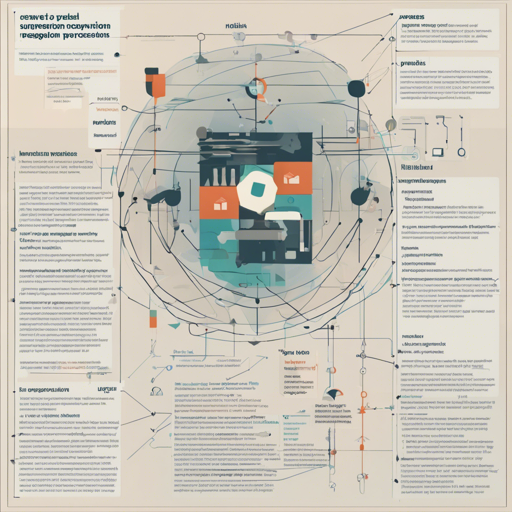The process of Named Entity Recognition (NER) can often be a daunting maze of labeled data requirements. However, the approach of weak supervision allows us to navigate through this labyrinth with ease, using semi-automated methods to train our models. In this blog post, we will walk you through the steps required to set up and run weak supervision for NER, utilizing the now-deprecated codebase which has been replaced by the **skweak** framework.
Requirements Before You Begin
To kick-start the setup, ensure you have the following Python packages installed:
- spacy (version = 2.2)
- hmmlearn
- snips-nlu-parsers
- pandas
- numba
- scikit-learn
Additionally, you must install specific Spacy language models:
- en_core_web_sm
- en_core_web_md
For the neural models in ner.py, ensure you have:
- pytorch
- cupy
- keras
- tensorflow
- snorkel (for baselines)
Next, don’t forget to download the necessary files for data processing and add them to your data directory:
- conll2003_spacy.tar.gz (unpack the archive)
- BTC_spacy.tar.gz
- SEC_spacy.tar.gz
- wikidata.json
- wikidata_small.json
- crunchbase.json
- conll2003.docbin
Quick Start Instructions
To get the ball rolling, you first need to convert your corpus into the Spacy DocBin format. From here, running all the labeling functions on your corpus can be done with minimal effort:
import annotations
annotator = annotations.FullAnnotator().add_all()
annotator.annotate_docbin(path_to_your_docbin_corpus)Next, to estimate an HMM model that aggregates all sources, run the following:
import labelling
hmm = labelling.HMMAnnotator()
hmm.train(path_to_your_docbin_corpus)Finally, apply the model to augment your corpus with aggregated labels:
hmm.annotate_docbin(path_to_your_docbin_corpus)Understanding the Workflow: An Analogy
Imagine you’re a chef in a busy restaurant kitchen. Your goal is to create a delicious dish using various ingredients available to you, but unfortunately, you don’t have a perfect recipe. The weak supervision approach is like modifying a basic recipe by adding a pinch of this and a dash of that based on your taste and the ingredients at hand. The annotations are your flavors, and the HMM model is your master pot where all of these come together to create a wonderful concoction, ultimately serving a delightful dish (or in our case, a well-recognized named entity).
Step-by-Step Guidance
If you’re looking for more in-depth instructions, detailed step-by-step examples are available in the Jupyter Notebook titled Weak Supervision.ipynb. Remember to execute it using Jupyter to visualize the NER annotations effectively.
Troubleshooting Tips
If you encounter any hiccups during the process, consider the following troubleshooting ideas:
- Ensure all Python packages are up-to-date to avoid compatibility issues.
- Revisit the paths to your data files and ensure they are correct and adequately unpacked.
- Check versions of Spacy and other libraries as outlined in the requirements.
For more insights, updates, or to collaborate on AI development projects, stay connected with fxis.ai.
At fxis.ai, we believe that such advancements are crucial for the future of AI, as they enable more comprehensive and effective solutions. Our team is continually exploring new methodologies to push the envelope in artificial intelligence, ensuring that our clients benefit from the latest technological innovations.

